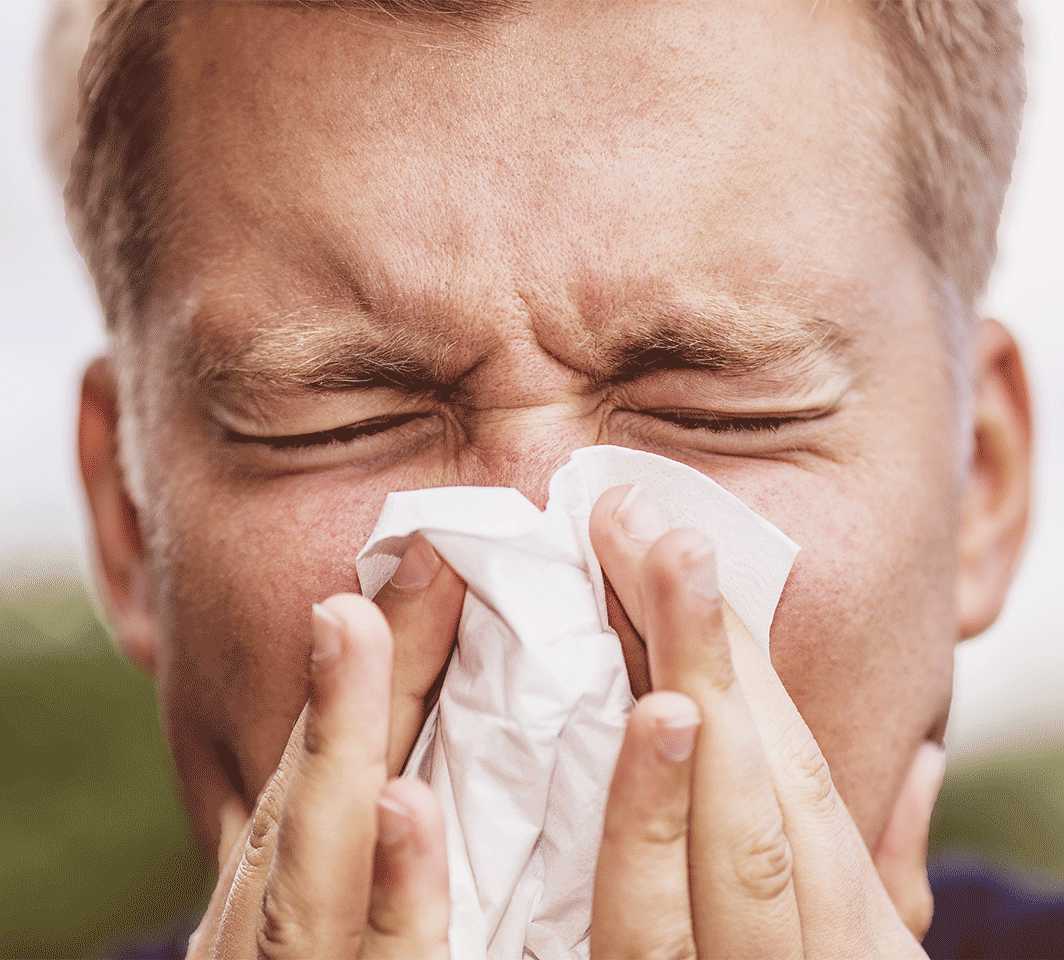Hay fever, also known as allergic rhinitis, is a common allergic response triggered by airborne seasonal allergens like pollen from trees, grasses, and weeds.1,2 It is estimated that 4.6 million Australians (nearly 1 in 5 people) are affected by hay fever.1 The symptoms of hay fever can significantly disrupt daily life,3 and often include:2

An itchy, runny, or congested nose

Itchy or watery eyes

Frequent bouts of sneezing

The need to breathe through your mouth

Frequent throat clearing

Feeling like you have a cold that won’t go away

Snoring during sleep
Hay fever's impact on diabetes: understanding the link
For people with diabetes, being under the weather from seasonal allergies can complicate matters further. While allergens themselves do not directly affect blood glucose levels, allergy symptoms can leave you feeling tired and less than your best, making it more challenging to manage your condition.4
In addition, some medications used to relieve allergy symptoms can affect blood glucose levels:

Steroids (corticosteroids) – can increase blood glucose levels by causing the liver to release more glucose, stopping glucose from being absorbed from the blood by muscle and fat cells or by reducing the body’s sensitivity to insulin.5

Decongestants – pseudoephedrine, an ingredient found in many decongestant medications may cause an increase in blood glucose levels.6

Antihistamines – typically not known to impact blood glucose levels. However, it's worth noting that certain antihistamines may induce drowsiness, which can affect your ability to notice and respond to fluctuations in blood glucose levels.




